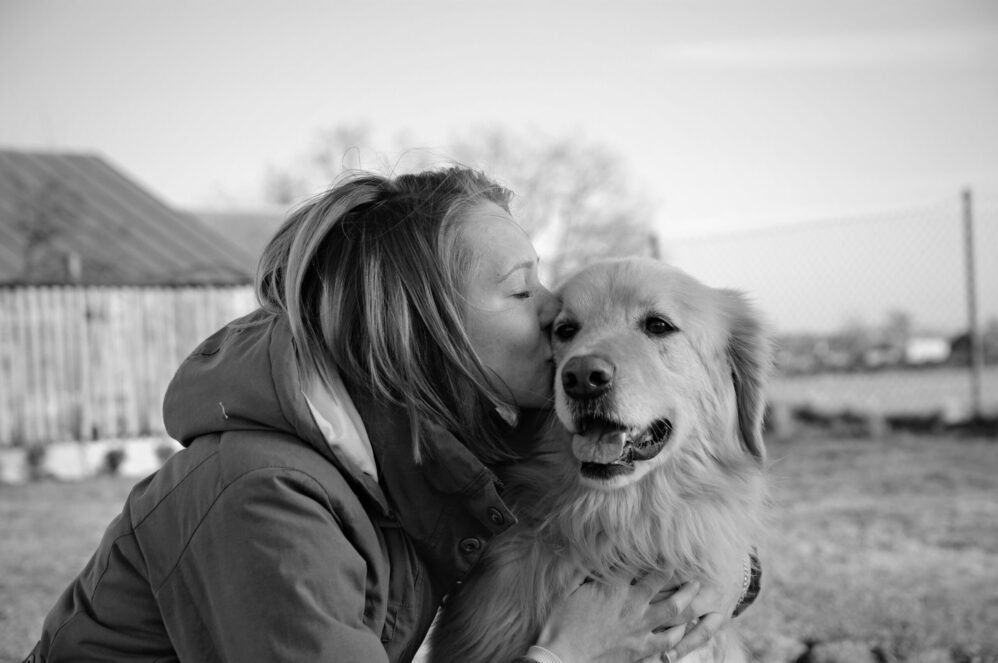Last Updated on June 18, 2024 by Dog Lover
5 Tips for Stress-Free Pet Travels
As a seasoned pet blogger and travel enthusiast, I’ve learned a thing or two about navigating the joys and challenges of traveling with our furry, feathered, or scaly companions.
Whether you’re planning a cross-country road trip, a international flight, or a weekend getaway, these five essential tips will help ensure your pet travels are as smooth and stress-free as possible.
1. Prepare Your Pet for the Journey
Acclimate Your Pet to Their Carrier or Crate
Well before your trip, get your pet comfortable with their carrier or crate. Leave it out with the door open, and encourage them to explore it by placing treats or familiar toys inside. This will help reduce anxiety when it’s time to hit the road or take to the skies.
Update Identification and Microchip Information
Ensure your pet’s ID tags and microchip information are up-to-date with your current contact details. This is crucial in case your pet gets lost or separated from you during your travels.
Practice Short Trips
Take your pet on a few short practice runs, such as a drive to the vet or a walk around the block. This will help them get used to the motion and sounds of travel, making the longer journey less stressful.

2. Pack the Essentials
Bring Familiar Comforts
Pack your pet’s favorite toys, bedding, and treats to help them feel at home, even when away from it. The familiar scents and textures can be incredibly soothing.
Don’t Forget the Basics
Make sure you have enough food, water, medication, and any other necessary supplies to last the entire trip. It’s also a good idea to pack a pet first-aid kit, just in case.
Research Veterinary Clinics Along the Way
Identify emergency veterinary clinics at your destination and along your route, in case your pet needs medical attention during the trip.
3. Plan for Pit Stops
Schedule Frequent Breaks
When traveling by car, plan to stop every few hours to allow your pet to stretch their legs, relieve themselves, and get some fresh air. This will help prevent accidents and keep them comfortable.
Choose Pet-Friendly Accommodations
If you’re staying overnight, research pet-friendly hotels, Airbnbs, or campgrounds that welcome your furry (or scaly) travel companion.
Scope Out Pet-Friendly Attractions
Look for parks, hiking trails, or other activities that allow pets, so your four-legged friend can join in the fun.
4. Prioritize Your Pet’s Safety
Secure Your Pet During Transport
Whether in a car, plane, or other mode of transportation, make sure your pet is safely secured in a carrier or crate, or with a seatbelt harness. This will prevent them from escaping or getting injured in the event of an accident or sudden stop.
Never Leave Your Pet Unattended
It’s never a good idea to leave your pet alone in a vehicle, even for a short time. Temperatures can rise quickly, putting your pet at risk of heatstroke or other serious health issues.
Avoid Sedatives Unless Absolutely Necessary
Consult your veterinarian before giving your pet any sedatives or tranquilizers for travel. These can be dangerous, especially for certain breeds or health conditions.
5. Stay Vigilant and Adaptable
Monitor Your Pet’s Stress Levels
Pay close attention to your pet’s body language and behavior, and be prepared to adjust your plans if they seem overly stressed or anxious.
Be Flexible and Prepared for the Unexpected
Unexpected delays, weather changes, or other unforeseen circumstances can arise during any trip. Keep a positive attitude and have a backup plan in place to ensure your pet’s comfort and safety.
By following these five essential tips, you and your beloved pet can embark on your next adventure with confidence and ease. Happy travels!
FAQs
How can I make sure my pet is comfortable during air travel?
To ensure your pet’s comfort during air travel, here are some tips:
- Choose a direct flight, if possible, to minimize the time your pet spends in the cargo hold or cabin.
- Acclimate your pet to their carrier well in advance and make sure it meets the airline’s size requirements.
- Provide a comfortable, absorbent bedding material and any familiar toys or treats to help your pet feel at home.
- Avoid sedatives unless explicitly recommended by your veterinarian, as they can be dangerous during air travel.
- Arrive at the airport early to allow extra time for checking in your pet and getting them settled.
What should I do if my pet gets anxious or stressed during the trip?
If your pet shows signs of anxiety or stress during the trip, try the following:
- Remain calm and reassuring, as pets can pick up on their owner’s emotions.
- Offer your pet’s favorite treats or toys to distract and comfort them.
- Consider using pheromone-based calming products, such as diffusers or sprays, to help soothe your pet.
- If the stress persists, contact your veterinarian for guidance on safe, effective anxiety-reducing medications or supplements.
How can I ensure my pet stays hydrated during long car rides?
Keeping your pet hydrated during a road trip is essential. Here are some tips:
- Bring plenty of fresh, clean water and a portable water bowl.
- Offer water frequently, even if your pet doesn’t seem thirsty. Dehydration can happen quickly, especially in hot weather.
- Consider investing in a water dispenser designed for pets, which can attach to your car’s cup holder or console.
- Make regular stops to allow your pet to drink and stretch their legs.
What should I do if my pet gets carsick during the trip?
If your pet experiences motion sickness during the car ride, try the following:
- Speak to your veterinarian about anti-nausea medications or natural remedies that can help prevent or alleviate carsickness.
- Ensure your pet’s carrier or crate is well-ventilated and positioned in a stable part of the vehicle, such as on the floor or secured to the seat.
- Avoid feeding your pet right before or during the trip, as a full stomach can exacerbate nausea.
- Pull over and take a break if your pet shows signs of distress, such as excessive drooling or vomiting.
How can I keep my pet safe and secure during the trip?
Keeping your pet safe and secure during travel is of utmost importance. Here are some tips:
- Use a sturdy, well-ventilated carrier or crate that is properly secured in the vehicle.
- Consider a seatbelt harness or other pet-specific restraint system to keep your furry friend safe in the event of an accident or sudden stop.
- Never leave your pet unattended in a vehicle, as temperatures can rise quickly and pose a serious health risk.
- Make sure your pet’s identification tags and microchip information are up-to-date in case they become lost or separated from you.
What are some tips for traveling with exotic pets, like reptiles or birds?
Traveling with exotic pets requires some additional considerations:
- Research the specific temperature, humidity, and other environmental needs of your pet, and ensure you can maintain those conditions during the trip.
- Use a secure, well-ventilated carrier or enclosure that is appropriate for your pet’s size and species.
- Bring any necessary equipment, such as heating pads, thermometers, or specialized food and water dishes.
- Consult your veterinarian for guidance on safely transporting your exotic pet and any special precautions you should take.
How can I find pet-friendly accommodations and activities during my trip?
To find pet-friendly accommodations and activities, try the following:
- Search online for pet-friendly hotels, vacation rentals, or campgrounds in your destination.
- Check with local tourism boards or visitor centers for recommendations on pet-friendly attractions, parks, and restaurants.
- Use travel apps or websites that specialize in finding pet-friendly options, such as BringFido or GoPetFriendly.
- Call ahead to any accommodations or attractions you’re considering to confirm their pet policies and any additional fees or restrictions.
Reference Links:
WebMD: How to Travel with Your Dog











